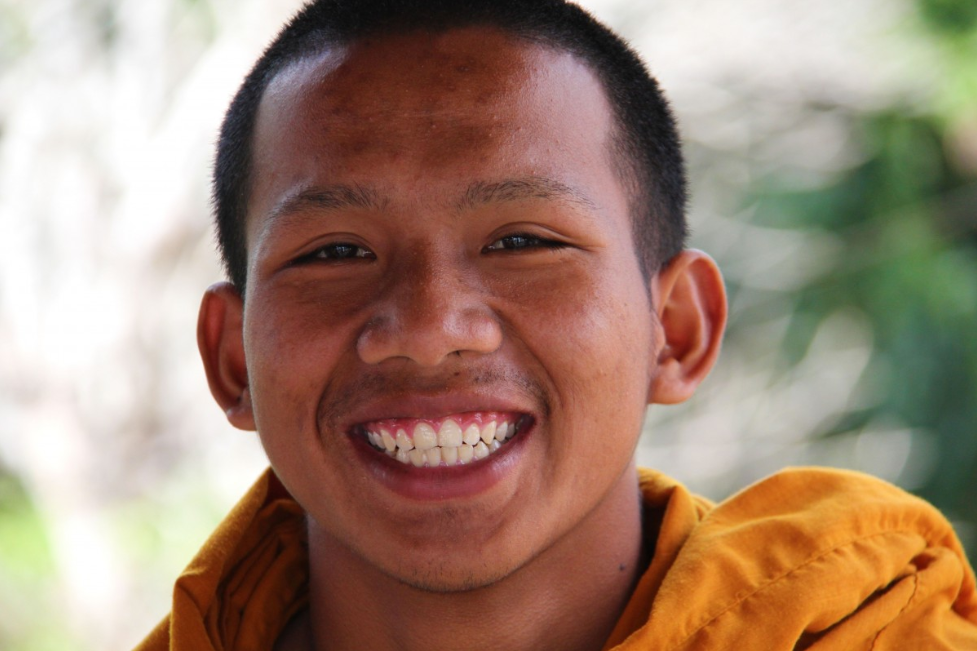“Can Happiness Be Learned?”
While Northern European countries often top the World Happiness Index, the approach to happiness in many Asian countries is quite different and noteworthy. Concepts like “ikigai” in Japan, “he xi” in China, and “ananda” in India reflect the deep philosophical roots of Asian perspectives on happiness. But are Asians really happier? If so, how do they achieve it? In this article, we’ll explore Asian cultures’ views on happiness, how they differ from Western societies, and the secrets of happiness we can integrate into our own lives. Here are the keys to happiness from Asians!
A Philosophical Approach to the Concept of Happiness
In Asia, happiness is often associated not with personal pleasure but with collective harmony, inner peace, and the search for meaning. While happiness in the Western world is typically defined by personal success, material gain, or fleeting pleasures, in Asian cultures it holds a deeper, long-term, and spiritual perspective.
🔹 Japan: “Ikigai” – Finding the Purpose of Life
In Japan, people find happiness not as a goal but by adding meaning to their daily lives. The word “ikigai” refers to the reason a person gets out of bed in the morning. Rather than earning money, mastering a craft, being useful to society, or developing a hobby are the cornerstones of ikigai.
🔹 China: “He Xi” – Inner and Outer Balance
In Chinese philosophy, happiness requires balance with nature, society, and one’s inner world. According to Confucian thought, a person achieves peace only when they see themselves and their surroundings as a harmonious whole. In Chinese culture, “family happiness” holds much greater value than individual happiness.
🔹 India: “Ananda” – Happiness as a State of Mind
In Hindu and Buddhist philosophies, happiness is defined as a state of inner peace that is independent of external factors. Practices like meditation, yoga, and mindfulness help individuals achieve mental tranquility. While these practices have become popular in the West in recent years, they have been seen as integral parts of happiness in India for thousands of years.
🔹 Thailand: “Sanuk” – Finding Fun in Everyday Life
In Thai culture, happiness is seen as part of daily life. Thais, with the concept of “Sanuk”, strive to find fun and enjoyment in everything they do. Whether it’s work or social relationships, the idea that life is a process to be enjoyed is widespread. This is why Thailand is also known as the “Land of Smiles.” For Thais, happiness means living in the moment and finding joy in every aspect of life.
🔹 Vietnam: “Sống Chậm” – Living Slowly and Staying Balanced
In Vietnamese culture, happiness is associated with leading a balanced life, away from haste and ambition. The concept of “Sống Chậm”, meaning “slow living,” advises people to live in harmony with nature and at a calm pace. Vietnamese people value enjoying simple things and finding peace through minimalism. Family ties, community solidarity, and being in touch with nature are fundamental components of happiness.
The Secrets of Asian Happiness
📌 1. Minimalism and a Culture of Gratitude
In many Asian countries, the philosophy of “less is more” prevails. The Japanese “wabi-sabi” philosophy teaches acceptance of simplicity and the beauty of imperfection. Rather than relying on material things, gratitude for what one has is considered a cornerstone of happiness.
📌 2. Strong Community Ties
While individualism is prominent in Western societies, the bonds between family, neighbors, and friends are much stronger in Asian cultures. This social support system prevents individuals from feeling isolated and enhances psychological resilience.
📌 3. Emphasis on Mental and Physical Harmony
Practices like yoga, meditation, and Tai Chi are widely used to maintain the mind-body balance. These practices teach that happiness is not just an emotion but a way of life.
📌 4. Living in the Moment and Practicing Patience
The idea of “living in the moment” is highly valued in Asian cultures. Especially in Buddhist teachings, it is emphasized that since we cannot change the past and cannot know the future for certain, the best approach is to focus on the present. Patience and acceptance are seen as keys to happiness.
📌 5. Making Work a Purpose
While work life is often seen as a necessity in the West, in Asia, working is viewed as a means of personal development and contributing to society. The Japanese work ethic or Chinese discipline also shape their relationship with happiness.
What Can We Learn?
Here are some lessons we can take from Asian perspectives on happiness:
✅ We should find our own “ikigai” – Discover things that bring meaning to our lives, not just ways to make money.
✅ We should prioritize inner peace over external happiness – Engage in meditation, yoga, or mindfulness practices to live more in the moment.
✅ We should strengthen our sense of community – Connecting with loved ones means sharing happiness.
✅ We should learn to enjoy simple things – True happiness might come from being content with what we have rather than owning more.
✅ We should maintain balance – Create a healthy balance between work, rest, fun, and personal growth.
Conclusion: Happiness is a Journey
Happiness cannot be confined to a single formula and may hold different meanings for everyone. However, the most important lesson we can learn from Asian cultures is that happiness is not a destination but a way of life. Values like the search for meaning, gratitude, community ties, and living in the moment are just a few ways to make happiness sustainable.
By adapting these perspectives to our own lives, we can lead more peaceful and fulfilling lives. Because true happiness is not found outside but hidden somewhere within us.
💬 So, what is your understanding of happiness? Have you learned any happiness secrets from Asian cultures? Don’t forget to share them with us on our social media accounts!
🔗 Bonus: If you want to learn more about this topic, you can check out books that explain the Japanese philosophy of “ikigai.”


